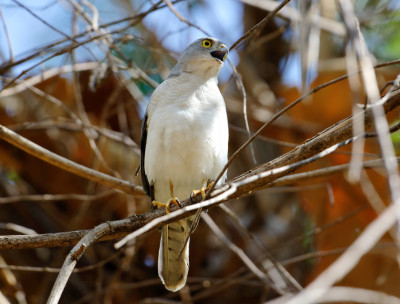
Larisa Artemyeva
Raptor Poisoning in Europe Between 1996 and 2016
Exposure to pesticides and other toxicants is one of the leading threats to raptors worldwide. From past research, we know a range of toxicants are responsible for many raptor deaths in the tropics and temperate regions. But a continent-wide assessment of raptor poisonings in Europe had never been completed. Sadly, deliberate poisonings of raptors and other wildlife is still pervasive across Europe. Poisoning data has been collected by organizations and government agencies in many countries in Europe, but generally, research has looked at poisonings by country or individual species, not at a continent-wide, multi-taxa level—until now.
A new collaborative publication, led by The Peregrine Fund’s Senior Scientist Dr. Ralph Buij, examines raptor poisonings across Europe from 1996–2016. The authors worked with raptor experts across the continent to obtain detailed poisoning data from 22 countries, which resulted in a database of 3196 poisoning incidents detected in 37 raptor species, including the Red Kite (pictured below at top left), White-tailed Sea-eagle (top right), and Griffon Vulture (bottom).
They found that the most reported poisoned species were scavenging raptors, with buzzards, eagles, vultures, and kites together accounting for 85% of poisoned raptors. A peak in poisoning happened in the spring, coinciding with predator-control activities and the start of raptor breeding seasons, meaning established breeders could be removed from populations, resulting in lower productivity. Carbofuran and aldicarb were the most commonly detected pesticides, and half of the poisoning incidents with these substances occurred after they had been banned in Europe.
These findings indicate that bans alone are not enough to prevent raptor poisonings and that additional actions are needed. The researchers stress a need for more comprehensive, standardized monitoring of raptor species affected by poisons across Europe. They suggest using common species, like the Eurasian Buzzard (pictured in top banner image), as an indicator for poisoning activity. This monitoring can inform law enforcement efforts to prevent deliberate poisonings and direct conservation efforts to areas most in need.







